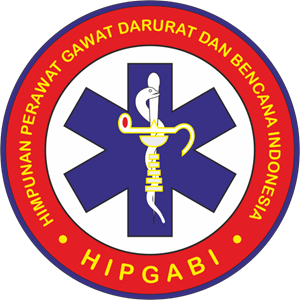Effectiveness of Simulation-Based Health Education on Adolescents’ Basic Life Support Knowledge and Skills
Downloads
Introduction: Sudden cardiac arrest is a medical emergency that requires immediate intervention in the form of Basic Life Support (BLS). Adolescent knowledge and skills in performing BLS are crucial, especially in areas with limited access to emergency services. This research to assess the effect of simulation-based health education on adolescents' knowledge and skills in performing BLS at Junior High School.
Methods: This study used a pre-experimental design with a One-Group Pretest-Posttest approach. A total of 52 students were randomly selected using simple random sampling. Data were collected through questionnaires and skills checklists, and analyzed using the Wilcoxon Signed Rank Test. In this study, the independent variable is the simulation-based health education provided to adolescents, which serves as the intervention aimed at improving their preparedness in emergency situations. The dependent variables are the adolescents’ knowledge and skills in performing Basic Life Support (BLS).
Results: Prior to the intervention, all participants (100%) had low knowledge and skills in BLS. After the intervention, 83% of participants had good knowledge, and 56% were skilled in performing BLS. Statistical analysis revealed a significant improvement in both knowledge and skills (p=0.000).
Conclusion: Simulation-based health education significantly improved adolescents' knowledge and skills in BLS. Future research is recommended to involve larger and more diverse populations, such as students from different educational levels (elementary, high school, or university) or adolescents from rural and urban areas, to compare the effectiveness of simulation-based health education across settings.
Copyright (c) 2025 Lale Wisnu Andrayani, Chandra Irawan, Hadi Kusuma Atmaja, Yellin Agustintia

This work is licensed under a Creative Commons Attribution 4.0 International License.
1. The journal allows the author to hold the copyright of the article without restrictions.
2. The journal allows the author(s) to retain publishing rights without restrictions.
3. The legal formal aspect of journal publication accessibility refers to Creative Commons Attribution (CC BY).

















